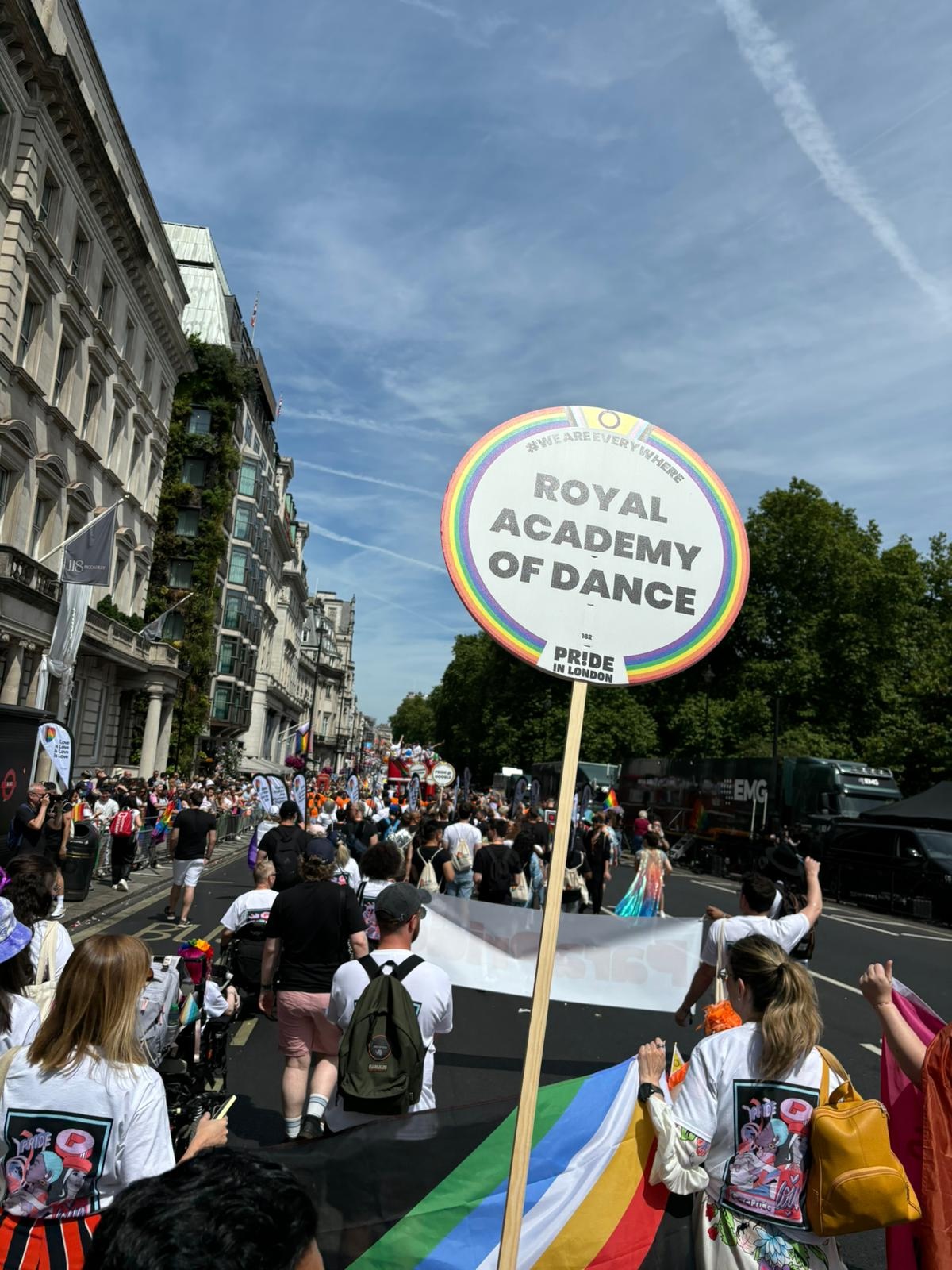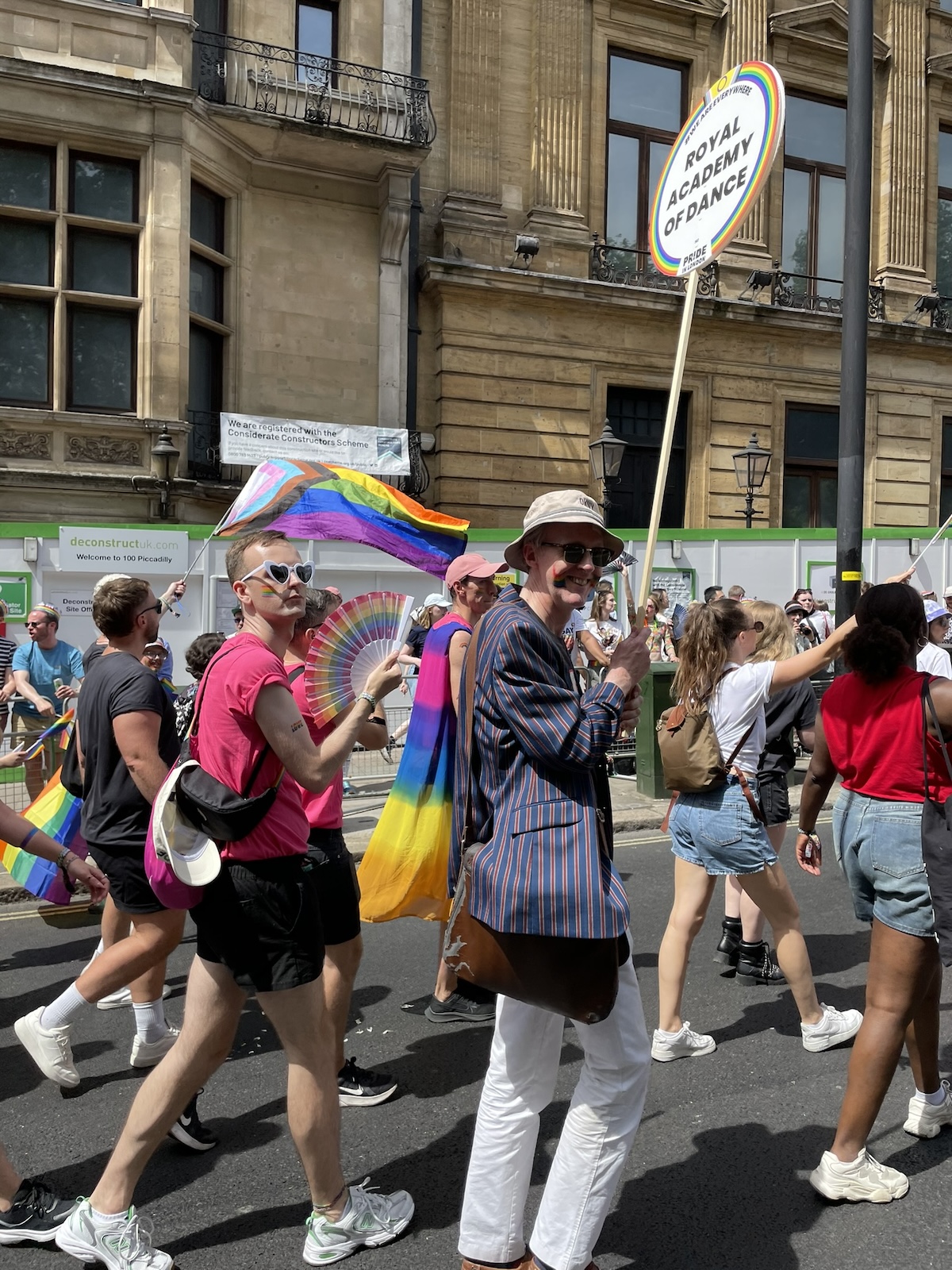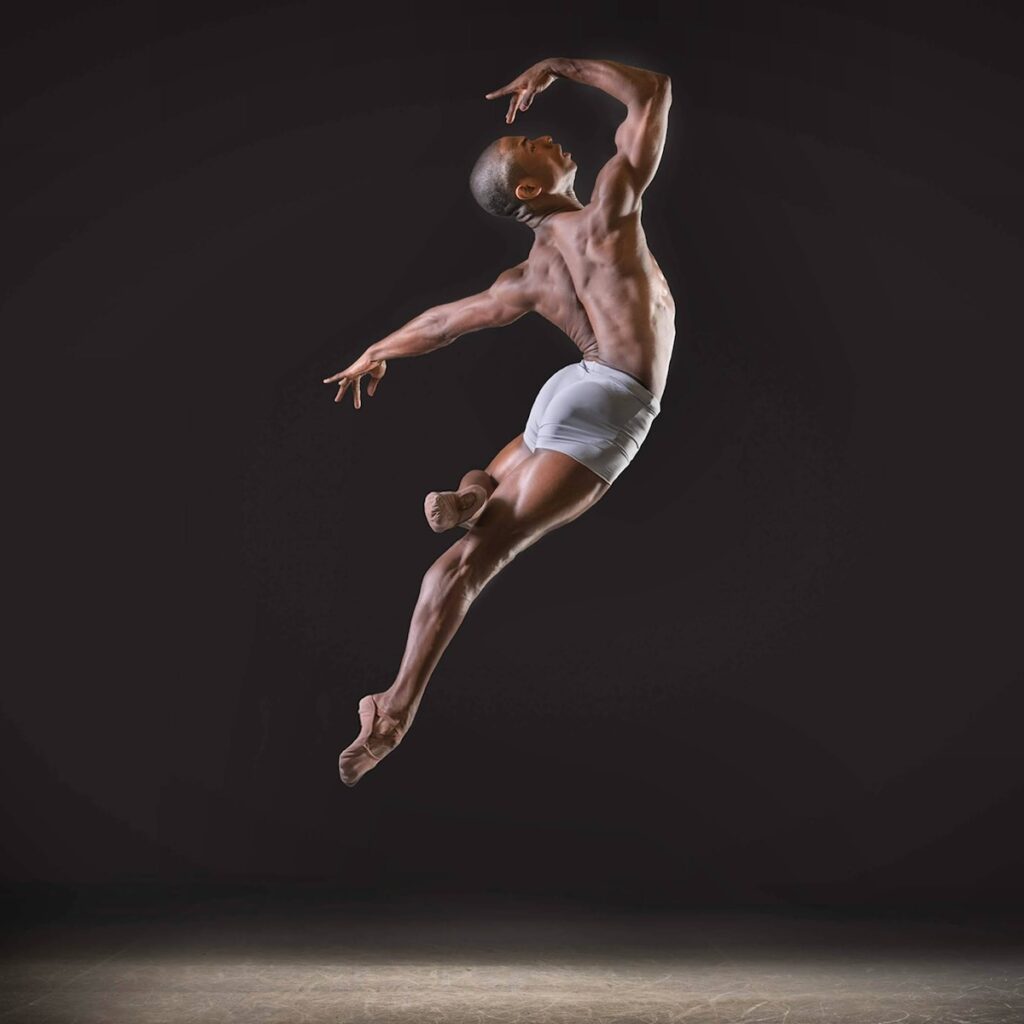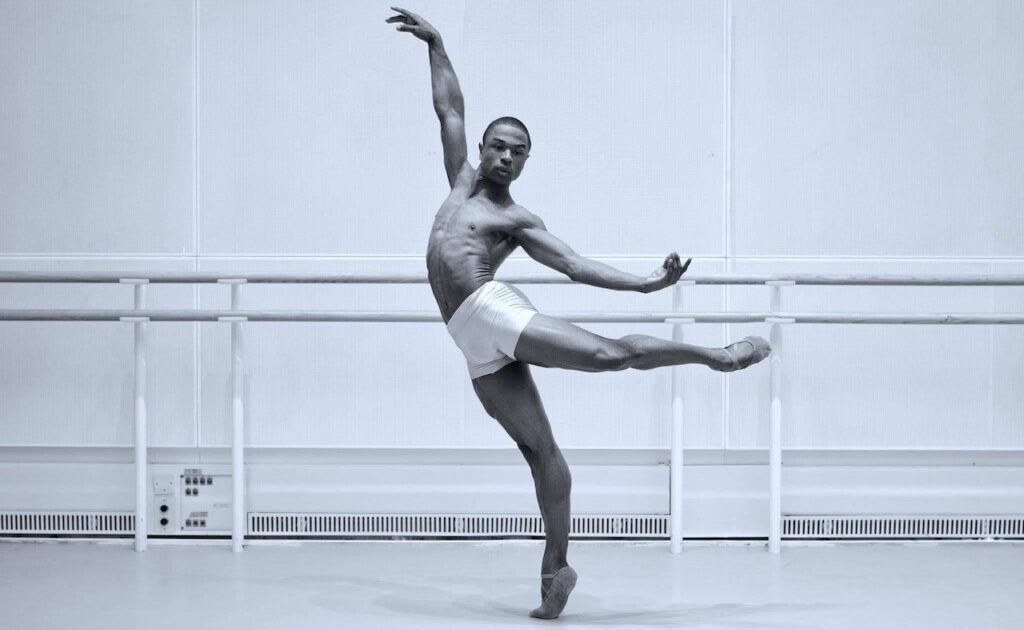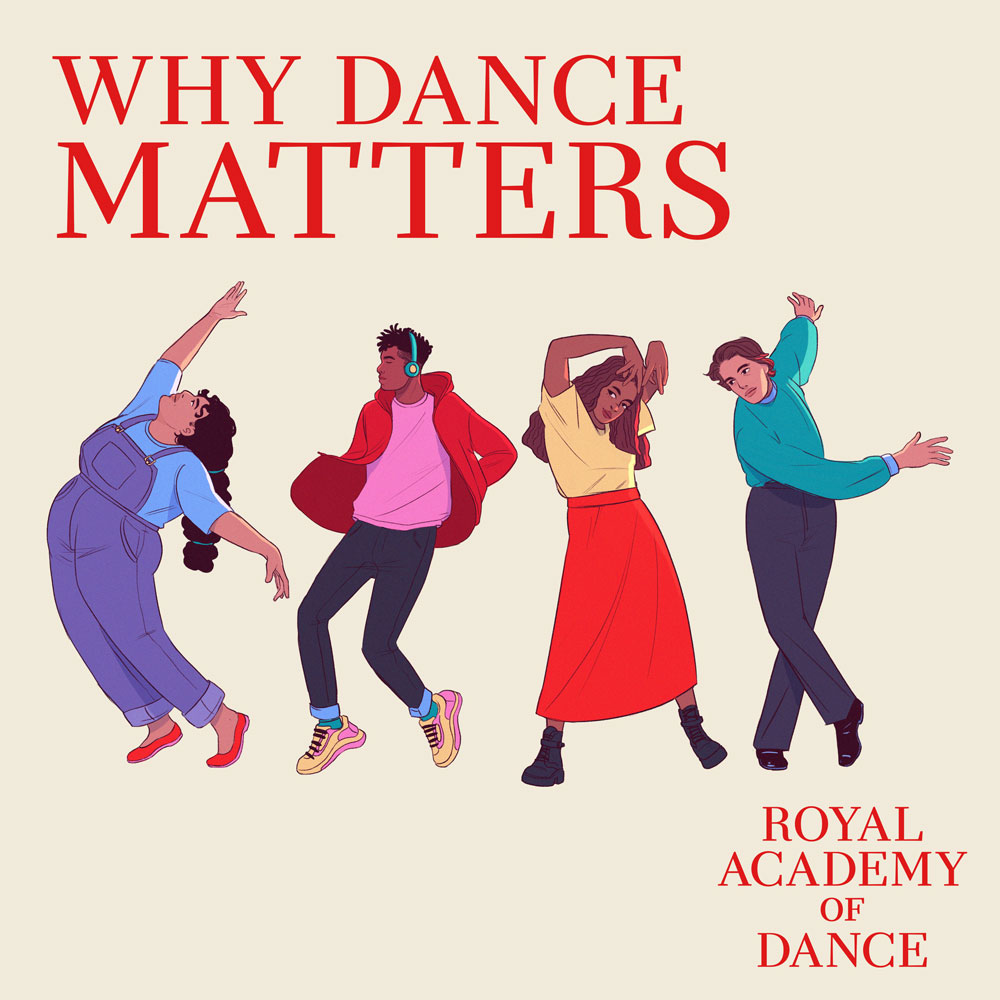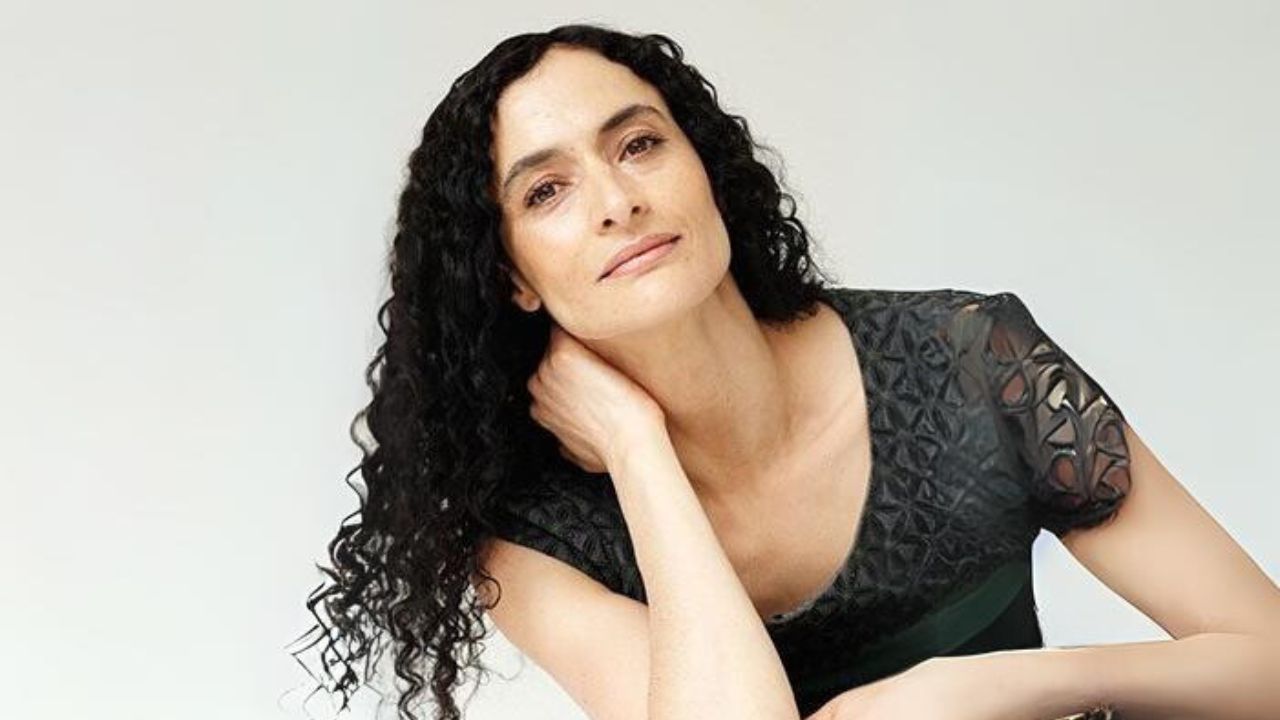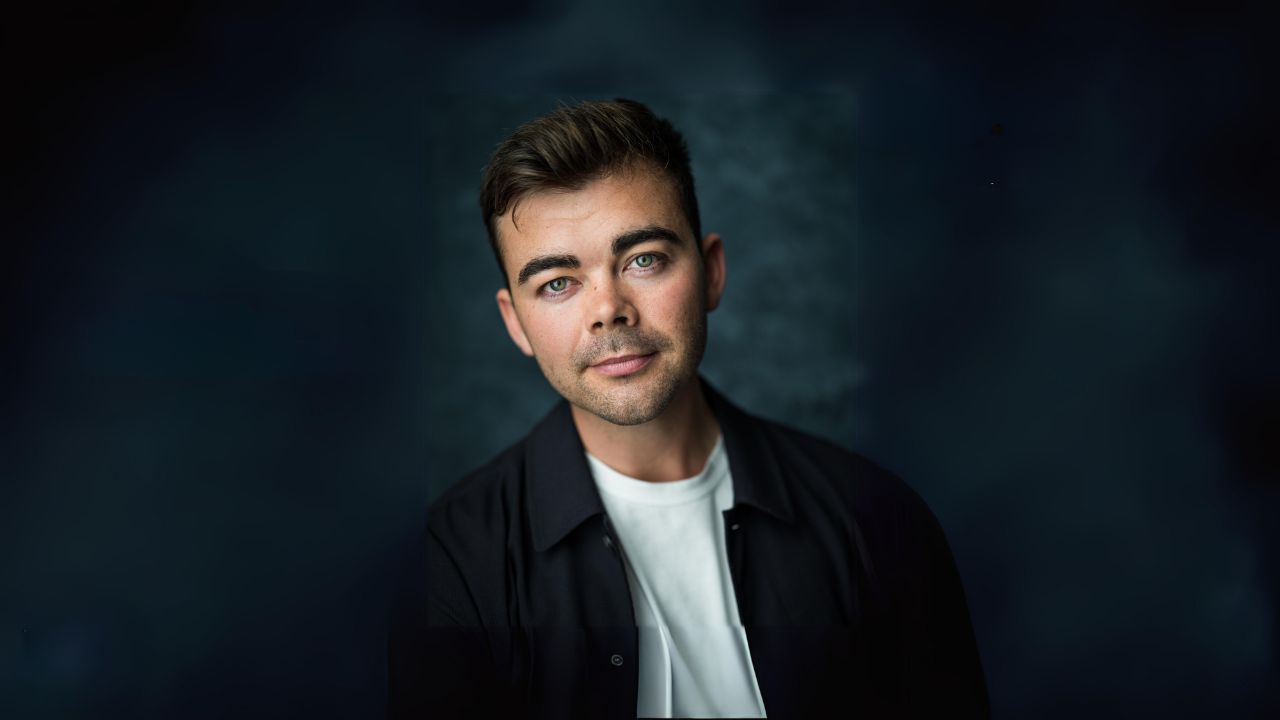I am from Sudbury, Ontario and I love to dance! I had the honour of having Cynthia Fisher as my examiner for my Advanced 2 examination in 2022. I passed with a High Merit, which I am absolutely delighted with! I have been battling Lyme Disease for 11 years, and wanted to share my journey in the hope that it will inspire someone else to reach for their dreams in ballet.
I love dancing more than anything in this world. I think of ballet all day and go to bed dreaming of it at night. I cannot imagine a day without it. Ever since I was little, it has always been my greatest dream to achieve the Advanced 2 exam.
Eleven years ago I was training for the exam when I suddenly fell very ill. I had just finished university and was a dance teacher at my own studio as well as a school teacher. I loved my students dearly and spent my days doing what I loved. But my health became progressively worse, to the point that I had to teach from a chair or even lie down in the classroom. I was fevered, extremely weak, losing weight and experiencing constant pain. I eventually had to give up my studio, my beloved students and teaching along with my exam training at the age of 23. I was bedridden for two years, finally testing positive for Lyme Disease. This was just the start of a long battle which I am still fighting today.
The new syllabus came out shortly after I fell ill, and I was filled with excitement and determination to learn it, beginning on my own from my bed. It took seven years, because I could only read for a few minutes a day and couldn’t move very much. I practiced everything in my head! On the days that I just wanted to cry, I would put on my dance clothes and pointe shoes so that I could ‘feel like a ballerina.’ Three years into my journey, I met my husband, Steven, who has been an angel in my life. He believed in me and encouraged me to reach for my dreams. When we were dating, he took me to see The Nutcracker in Toronto and would whisper, ‘You are going to get your Advanced 2 one day.’
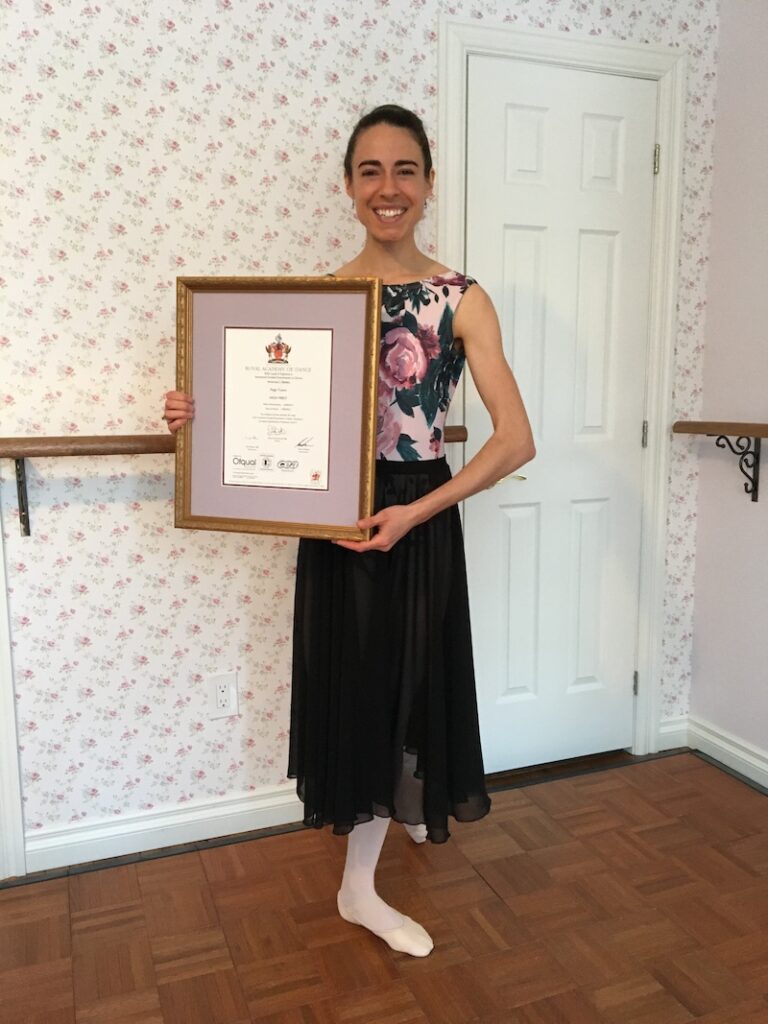
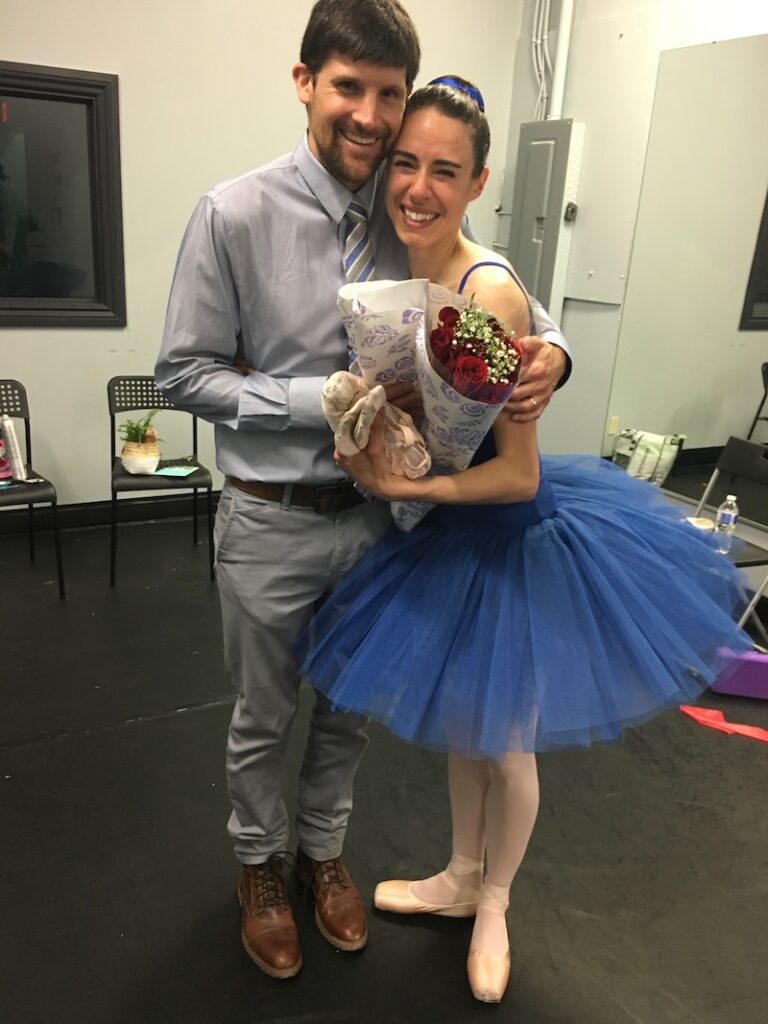
In 2018, my beloved father passed away. He was one of my biggest fans: everyone says that I got my deep passion for life from him. I knew that ballet was the one thing that would bring me joy through my grief. I called around to find an RAD teacher, and when I walked into my first class with Sarah Baker we both shed a tear as we shared our stories. Her sister sadly passed away from Lyme Disease. We truly understood each other, which has led to the most beautiful, lifelong friendship.
She knew how to train me carefully and not to push too hard. We started with 20-minute classes, after which I would have to be in bed for a week recovering, as I was undergoing numerous treatments. We slowly added a few minutes to my class each week, and have now made it to two-hour classes!
Training required a lot of support from my loved ones. My amazing mother drove me 90 minutes to class, making so many sacrifices with love: she has been my greatest support. My husband got a new job and we were able to move to the same city as my mom and the dance studio.
The day of my exam was one I will never forget! My entire family, friends and doctors were cheering me on. I was very ill on the day of my exam, but was not going to let infections get in the way of my dream. Cynthia Fisher was such a warm-hearted and encouraging examiner and when we received my mark we were all ecstatic! It far surpassed my hopes and dreams.
Sometimes life doesn’t always go as you had planned, but I am beyond thankful for the joy and perseverance that ballet has brought to my life. It gave me something to strive for during my toughest days, and it will continue to brighten every day in the years to come.
Recently I achieved a Distinction level for both Discovering Repertoire Level 4 as well as Advanced 2. I feel extremely blessed to dance in less pain than the previous years. Dance continues to bring me joy in the midst of my daily battle with this disease. What would we do without ballet?

